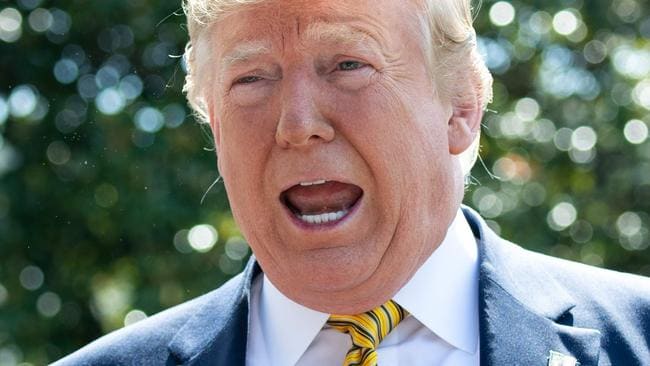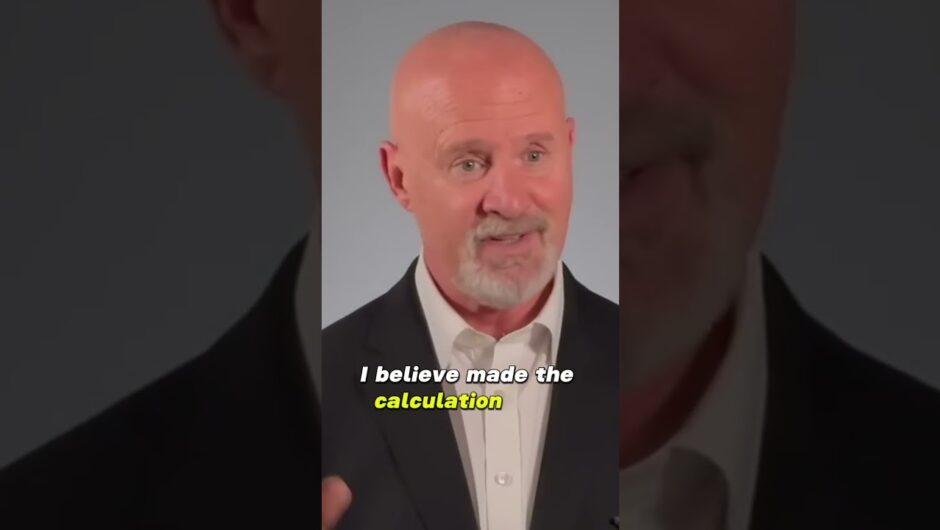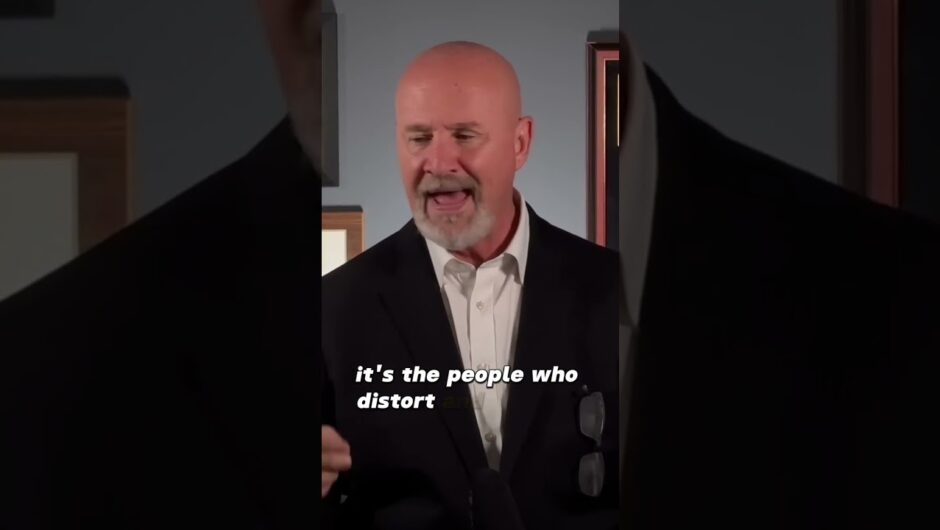Donald Trump is refusing to concede to Joe Biden, even though the president-elect has passed the threshold of 270 electoral votes required to win the US election.
Ultimately, the rhetoric coming from the US President and his campaign at the moment doesn’t matter all that much. Mr Trump can’t overturn the election result through words alone.
The only way to do that is through the courts, with evidence to back up his claims of widespread fraud.
With that in mind, I’m going to run you through the Trump campaign’s legal action so far, and we’ll examine what, exactly, it has alleged.
These lawsuits span five swing states – Pennsylvania, Nevada, Georgia, Michigan and Arizona – which are collectively worth 69 electoral votes.
Do they contain enough legal ammunition to potentially flip the election result and give Mr Trump a second term? Let’s take a look.
RELATED: Donald Trump hints at extraordinary final act
PENNSYLVANIA
Electoral votes: 20
Biden’s lead: 51,550 votes
Pennsylvania has been the primary target of Mr Trump’s ire, both before the election and afterwards.
His biggest complaint relates to a decision by the state’s Supreme Court, which extended the deadline by which mail-in ballots had to arrive until three days after the election.
To be clear, this doesn’t mean people were allowed to vote after election day. It means their ballots were still able to be counted if they were mailed on or before election day, and arrived before the deadline. The idea was to guard against potential mail delays caused by the coronavirus pandemic.
Republicans are particularly agitated about one part of the ruling, which said a vote would still be counted even if its postmark was illegible.
They challenged it before the election, and the federal Supreme Court split 4-4, leaving the rule in place. A group of Republican state attorneys-general have now filed an amicus brief asking for the court to consider the matter again.
Today Mr Trump shared a statement from lawyer Ken Starr, who you might recognise as the special counsel who investigated Bill Clinton in the 1990s. Mr Starr called the three-day extension of Pennsylvania’s deadline a “constitutional travesty”.
There is a genuine legal question to be resolved here regarding the power of state courts, and whether they are technically able to change things like ballot deadlines.
The problem for Mr Trump is that few of the ballots in Pennsylvania actually arrived after election day. Local officials have estimated there are no more than a few thousand; certainly nowhere near the 50,000+ votes the President needs to get thrown out to win the state.
Take Allegheny County, for example. This heavily Democratic county encompasses the city of Pittsburgh, and was one of the core bases of support for Mr Biden. It received less than 1000 late-arriving ballots – and it’s one of the most populous areas in the state.
Mr Trump has made a lot of noise about these ballots, but there simply aren’t enough of them to make any difference to the result.
So what else is the Trump campaign alleging?
The other big argument in Pennsylvania relates to election observers. Under US electoral law, representatives of each major party are allowed to watch workers count the votes, allowing them to look for foul play.
The Trump campaign has claimed its representatives were stopped from observing the vote count for a significant period.
“In Philadelphia and Allegheny counties, there are over 682,000 ballots that were tabulated outside the view of our observers, who are entitled by law to review those ballots. And we believe that a meaningful review of those ballots could discern that there were ballots that were illegally counted,” said Matt Morgan, the Trump campaign’s general counsel.
The problem here is a simple one – the campaign’s claim is false. Republican observers were present, along with Democratic observers, for the entire count.
This argument culminated a couple of days after the election in a rather farcical scene in court, where the campaign’s lawyers were forced to admit there was “a non-zero number of people in the room”.
“I’m sorry, then what’s your problem?” asked Judge Paul Diamond, who was appointed to the federal court bench by George W. Bush.
He promptly denied the Trump campaign’s request to halt the vote count.
Mr Trump did have two legal victories in Pennsylvania, however.
The first was an order that its observers be allowed to stand closer to election workers. The second was an order from Supreme Court Justice Samuel Alito, compelling officials to keep late-arriving mail-in ballots separate from those which arrived on or before election day.
Bemused local officials responded to that order by pointing out it was something they’d already been doing.
The President’s personal lawyer, Rudy Giuliani, has promised more lawsuits in the state. So far, they haven’t materialised.
NEVADA
Electoral votes: 6
Biden’s lead: 36,274 votes
Two days after the election, Trump campaign representatives led by former director of national intelligence Richard Grenell and conservative activist Matt Schlapp called a media conference in Nevada.
They claimed to have evidence that nonresidents had voted illegally in the state, though they provided no such proof when pressed by reporters.
The next day, Trump campaign lawyers sent a letter to Attorney-General William Barr which listed the addresses of 3062 voters it believed had moved out of state.
If true, that’s obviously something worth investigating, and the Justice Department has said it’s doing just that. The news media has also looked into it, and found at least some of the voters on the list are military personnel who cast legal ballots after being deployed to another state.
Under Nevada law, there are some people legally allowed to vote from interstate, including military families and students.
On Sunday, Mr Schlapp aired another allegation, citing an unnamed “whistleblower” to claim a Biden-Harris van had been seen swapping out ballots in the state.
“While he was on his lunch hour he decided to exercise around the counting centre,” Mr Schlapp said.
“While he was walking, he notices a van pulled up at the centre marked Biden and Harris. The doors of the van were open, ballots were clearly visible, ballots were opened with letter openers, and ballots were filled in and resealed in envelopes.
“These people who were involved in this activity then decided to create a human shield around what they were doing in the van.”
He offered no evidence beyond that account. The whistleblower has not come forward. Critics wondered why the people in question, who were allegedly engaged in illegal and surreptitious activity, would have been driving around in a clearly marked Biden-Harris van.
The rest of the Trump campaign’s rhetoric in Nevada has been just that – rhetoric. The President has labelled it a “cesspool of fake votes”, without providing evidence.
MICHIGAN
Electoral votes: 16
Biden’s lead: 149,000 votes
The Republicans filed a couple of lawsuits during the vote count in Michigan.
The first alleged election observers in the Democratic stronghold Detroit were being prevented from watching workers cure ballots.
If you’re unfamiliar with the term, ballots need to be cured when the vote counting machines can’t read them due to some sort of imperfection. Officials create a new ballot, with all the same votes for president, Senate and Congress, and run that replacement through the machine.
Judge Timothy Kenny threw out this case, saying there was “no evidence” to support the Republicans’ accusations and that they amounted to “speculation”.
The other lawsuit concerned a Republican observer who said she’d been given a post-it note by one election worker, which claimed late-arriving mail-in ballots were being counted when they shouldn’t have been.
Judge Cynthia Stephens dismissed the claim as “inadmissable hearsay within hearsay”.
Ronna McDaniel, chairwoman of the Republican National Committee, also made some allegations at a media conference late last week.
First, she said 2000 ballots in Rochester Hills had been “found” and “given to Democrats” even though they were “Republican ballots”.
The local official responsible, Tina Burton, is a Republican. She said the example in question was “an isolated mistake that was quickly rectified” due to a technical error, and her own party’s chairwoman was “mischaracterising” it to undermine the election.
Ms McDaniel also claimed election workers in Detroit had been told to backdate ballots, an echo of the post-it note story from earlier. She provided no evidence.
It’s worth noting that Mr Biden’s lead in Michigan is well over 100,000, so it would require a truly extraordinary amount of fraud – as in, fraud at a level far beyond anything seen before in US history – to come close to flipping the state.
ARIZONA
Electoral votes: 11
Biden’s lead: 14,746 votes
There’s been a bit of a weird one in Arizona, with protests erupting over a false Sharpie marker conspiracy theory.
During the vote count, Mr Schlapp was among several conservative media personalities to claim election workers were giving Trump voters Sharpies with which to fill in their ballots, knowing that counting machines would be unable to read them.
“Apparently the use of Sharpie pens in Republican precincts is causing ballots to be invalidated. Could be huge numbers of mostly Trump supporters,” Mr Schlapp tweeted.
This was completely untrue. The voting machines can read Sharpie ink, and if any ballot can’t be read for whatever reason, election workers move on to the curing process described above.
Sharpiegate didn’t last long enough to make it into a lawsuit from the Trump campaign itself, but the campaign has filed a different one, which alleges poll workers knowingly allowed people to “overvote”, or accidentally vote for two candidates at once.
Overvoting usually happens due to smudging on the ballot. If uncorrected, it leads to the vote being invalidated.
GEORGIA
Electoral votes: 16
Biden’s lead: 12,567
Georgia is already heading for a recount due to how close the election was there. Recounts typically only shift a few hundred votes at most, so this one is unlikely to help Mr Trump all that much. But we’ll see.
The Trump campaign filed a lawsuit before the President had even fallen behind in Georgia’s vote count, seeking to get about 50 mail-in ballots thrown out in Democratic-leaning Chatham County. A Republican observer claimed they had arrived after the deadline.
Two officials testified that the ballots had actually arrived on time, and a judge denied the request, citing a lack of evidence.
That might sound thin, but Georgia has generated a fair bit of controversy. Yesterday the state’s two Republican senators, David Perdue and Kelly Loeffler, called for its Republican Secretary of State Brad Raffensperger to resign.
“The Secretary of State has failed to deliver honest and transparent elections. He has failed the people of Georgia, and he should step down immediately,” the pair said.
They provided no evidence to support their demand, and Mr Raffensperger promptly told them to get stuffed.
“I know emotions are running high. Politics are involved in everything right now. Both senators and I are all unhappy with the potential outcome for our President,” he said.
“Here are the facts. The election in Georgia, from an election administration perspective, was a resounding success.”
WHERE DOES THAT LEAVE US?
Put simply, it leaves us waiting for the Trump campaign to produce more evidence of foul play and file more lawsuits.
The campaign has been citing the 2000 presidential election between George W. Bush and Al Gore to justify its refusal to concede defeat. But that was a very different situation.
The 2000 election came down to a handful of disputed votes in a single state, Florida. After an extended legal dispute, Mr Bush won the state by just 537 votes, and went on to become a two-term president.
This time, Mr Biden is ahead by tens of thousands of votes in multiple states. Mr Trump has to find convincing evidence of enough fraud or malfeasance to wipe out his opponent’s lead in enough of those states to push Mr Biden below 270 electoral votes.
The task is exponentially harder.







